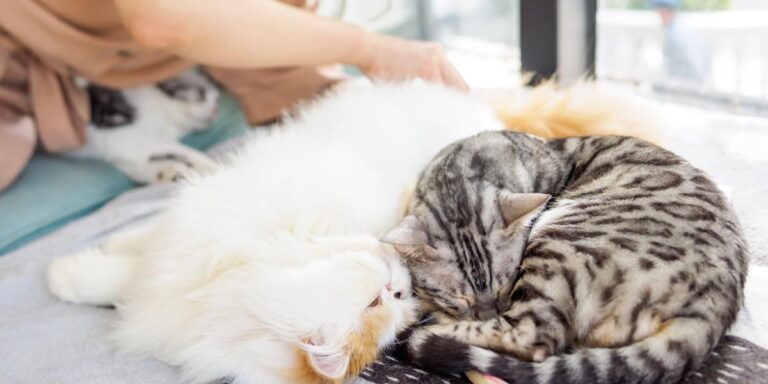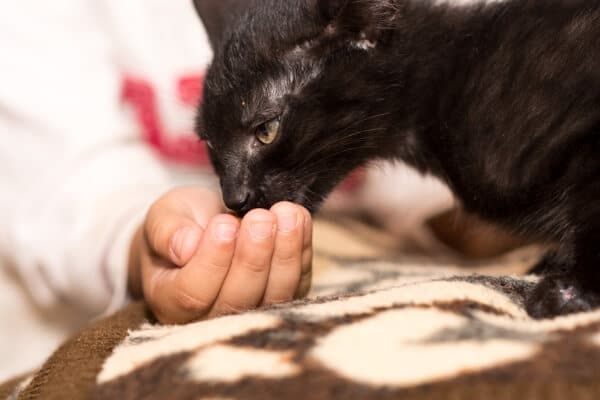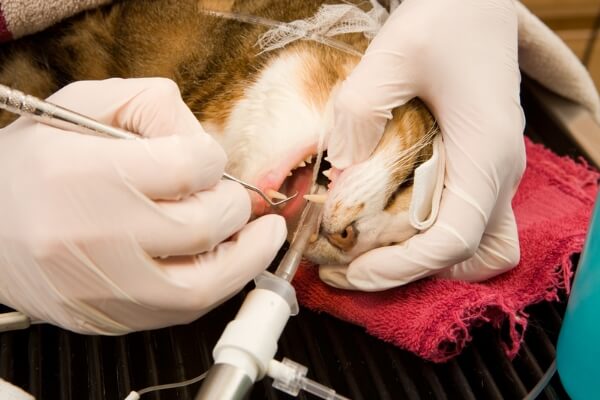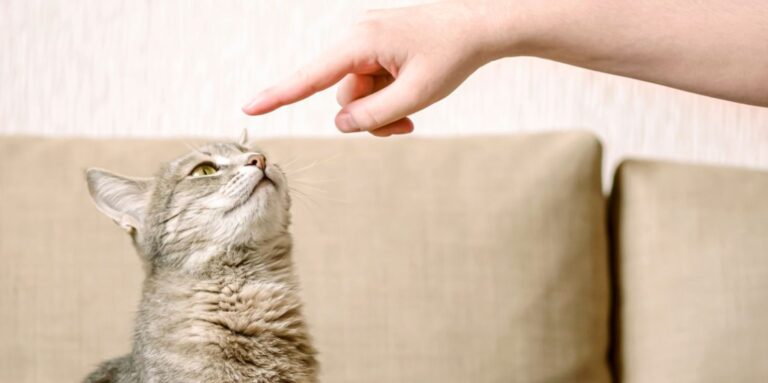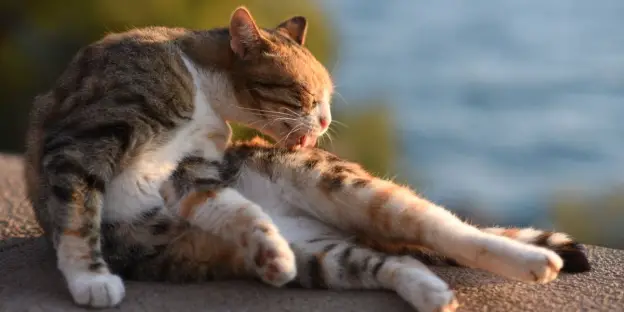How Long Does It Take For Gabapentin To Work In Cats?
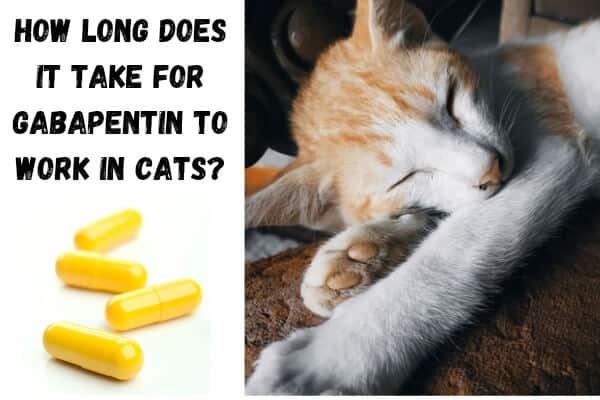
Gabapentin, a medication widely used in veterinary medicine, is becoming a valuable tool in the care of our beloved feline friends. With its unique properties, Gabapentin holds the potential to bring relief and comfort to cats facing various health challenges, but how long does it take before our furry companions begin to feel its effects in their bodies?
Surprisingly, gabapentin works fast in cats, with its effects typically noticeable within 1 hour to 2 hours after administration and lasting for approximately 24 hours. When administered, gabapentin blocks certain nerve signals in the brain, helping to calm nerve activity and diminish pain sensations. This effect is particularly helpful for cats experiencing neuropathic pain, which can be caused by conditions such as nerve damage or chronic inflammation.
However, the exact response time to gabapentin may also vary from cat to cat. Factors such as the cat’s age, weight, overall health, and the specific condition being treated can influence how quickly the medication takes effect. Always consult your veterinarian before administering any medication to your feline companion, as they can provide the right dosage and guide you through the treatment process.
Read Also: How Long Does It Take For Gabapentin To Work In Dogs?
Jump to Section
How Long Does It Take For A Gabapentin To Work In Cats?
Gabapentin is a medication commonly used in veterinary medicine to manage pain and anxiety in cats. It belongs to the class of drugs known as anticonvulsants, but its properties have been found to be beneficial in feline patients for various other conditions. When administered to cats, gabapentin typically takes about 1 to 2 hours to start taking effect. However, this can vary depending on factors such as the cat’s response to the medication, the dosage given, and whether it is given with or without food.
Cat owners need to follow the veterinarian’s prescribed dosage and instructions carefully to ensure the proper and safe administration of gabapentin to their feline companions. As with any medication, individual responses can vary, and some cats may take longer to respond to gabapentin, while others may show improvement relatively quickly.
Regular monitoring by the veterinarian is essential to assess the cat’s response to the medication and make any necessary adjustments to the treatment plan. It’s crucial to be observant of any adverse effects or unexpected reactions while the cat is on gabapentin and to report them promptly to the veterinarian for appropriate management.
How Long Does Gabapentin Stay In Your Cat’s System?
When gabapentin is administered to cats, the drug is absorbed into their bloodstream and begins to take effect. Generally, the drug has a half-life of about 2 to 4 hours in cats, which means that it takes this amount of time for half of the medication to be eliminated from the cat’s body.
After a single dose, gabapentin can be detected in a cat’s system for approximately 24 to 48 hours. However, individual variations exist, and in some cases, it may persist for a slightly longer period. The drug is metabolized by the liver and then excreted primarily through the urine. It’s crucial to follow the veterinarian’s prescribed dosage and administration schedule to ensure the drug’s effectiveness and avoid potential side effects.
As with any medication, it’s essential to monitor your cat for any adverse reactions or changes in behavior while administering gabapentin. If you have concerns about the drug’s duration in your cat’s system or its overall health, it’s best to consult a veterinarian for personalized advice and guidance. They can provide specific information based on your cat’s medical history and condition to ensure the well-being of your feline companion.
How Does Gabapentin Work In Cats?
Gabapentin works by affecting the transmission of certain neurotransmitters in the brain. Specifically, this drug binds to calcium channels, which are involved in the release of neurotransmitters like glutamate, norepinephrine, and substance P. By binding to these channels, gabapentin reduces the release of these neurotransmitters, leading to decreased excitability of neurons and a calming effect on the cat’s nervous system.
In terms of pain management, gabapentin can help alleviate neuropathic pain in cats. Neuropathic pain is caused by damage to or dysfunction of the nervous system, and it can be challenging to treat with traditional pain medications. Gabapentin’s mechanism of action helps dampen the signals of pain in the nervous system, providing relief to cats suffering from chronic pain conditions.
Moreover, gabapentin has an anxiolytic effect in cats, meaning it can reduce anxiety and stress-related behaviors. By modulating neurotransmitter release, it lowers the overall excitability of the cat’s brain, making them feel more relaxed and less reactive to stressful situations. This is particularly helpful in cats that experience anxiety due to veterinary visits, travel, or environmental changes, as gabapentin can help them cope with these situations more effectively.
Gabapentin Dosage Requirement For Cats
The dosage of gabapentin for cats can vary based on the specific condition being treated, the cat’s weight, age, and overall health status. It is crucial to follow the veterinarian’s instructions carefully and not attempt to administer any medication to a cat without proper guidance from a qualified professional.
Gabapentin is typically available in capsule or liquid form. The dosage is usually expressed in milligrams (mg) of gabapentin per kilogram (kg) of the cat’s body weight. A common starting dose for cats is around 5 to 10 mg per kilogram, given orally every 8 to 12 hours. However, this dosage may be adjusted based on the cat’s response to the medication and any potential side effects.
Always consult with a qualified veterinary professional to determine the appropriate dosage and administration based on your cat’s specific needs and health condition. Never give medications intended for humans to your pets without veterinary approval, as this can lead to serious health issues or even be fatal.
When Is The Best Time To Give Gabapentin To Your Cat?
The timing of administering gabapentin to your cat depends on the purpose of its use:
1. Pain Management
If your cat requires gabapentin for pain relief, your veterinarian will likely recommend a specific dosing schedule. Generally, it’s essential to follow their instructions carefully. Gabapentin may be given once or twice daily, depending on the severity of the pain and the prescribed dose.
2. Reducing Anxiety And Stress
When gabapentin is used to alleviate stress or anxiety before a stressful event, such as a visit to the veterinarian or travel, it’s essential to give it in advance. The timing may vary based on the individual cat’s response and the specific situation. Some cats may need it an hour before the event, while others may require it a few hours beforehand. Your veterinarian will be able to guide you on the appropriate timing.
3. Long-Term Treatment For Chronic Conditions
In cases where gabapentin is used as a long-term treatment for chronic conditions, such as arthritis or nerve-related pain, it’s usually given at consistent intervals throughout the day. Again, your vet will provide specific instructions tailored to your cat’s needs.
The correct dosage and timing of gabapentin are essential to ensure the medication’s effectiveness and to prevent potential adverse effects.
Can Gabapentin Interact With Other Medications?
Yes, Gabapentin can interact with other medications in cats. When administering gabapentin, it is essential to be aware of potential interactions with other drugs to avoid adverse effects and ensure the safety and efficacy of the treatment. To begin with, gabapentin may interact with other central nervous system depressant drugs, such as opioids or sedatives, leading to increased sedation and respiratory depression in cats. It is crucial to adjust the dosage of these medications when using gabapentin concurrently to prevent excessive sedation, which can be harmful to the cat’s well-being.
Secondly, the metabolism of gabapentin can be affected by certain liver enzyme inducers or inhibitors. Drugs like phenobarbital or fluoxetine, which are metabolized in the liver, can influence gabapentin’s clearance from the body. This interaction may result in altered drug levels, leading to either reduced effectiveness or increased side effects.
Caution should be exercised when combining gabapentin with other medications that have potential renal toxicity, as both gabapentin and the co-administered drug may be cleared through the kidneys. Combining two drugs with renal clearance can put additional strain on the cat’s kidneys, potentially leading to kidney damage or failure.
In summary, veterinarians must be vigilant about potential drug interactions when using gabapentin in cats. They should review the cat’s medical history and current medication regimen thoroughly.
Adverse Effects Of Gabapentin For Cats
1. Sedation
Sedation is one of the most common side effects observed in cats taking gabapentin. The medication affects the central nervous system, leading to a calming and relaxing effect on the cat. While this can be beneficial in reducing anxiety or stress, excessive sedation may interfere with the cat’s normal daily activities and interactions.
Cats may appear lethargic, sleepy, or uninterested in their surroundings. In some cases, they might be less responsive to stimuli and have reduced motor coordination. It’s essential for cat owners to monitor their pets closely while on gabapentin and report any concerning changes in behavior to their veterinarian.
2. Gastrointestinal Disturbances
Cats taking gabapentin may experience gastrointestinal issues such as vomiting and diarrhea. The exact cause of these disturbances is not fully understood, but it is believed that gabapentin can affect gut motility and cause irritation.
Additionally, some formulations of gabapentin for humans contain ingredients that can be harsh on the feline digestive system. If a cat develops gastrointestinal problems while on gabapentin, the veterinarian may adjust the dosage, prescribe additional medications to manage the symptoms or consider alternative treatments.
3. Loss Of Appetite
Gabapentin can sometimes lead to a reduced appetite in cats. The medication’s effects on the central nervous system may interfere with the cat’s sense of hunger and satiety, causing them to eat less or become disinterested in food.
A decreased appetite can be concerning, especially if the cat is already ill or recovering from surgery. Cat owners must monitor their pet’s food intake and consult their veterinarian if the loss of appetite persists or worsens.
4. Behavior Changes
Some cats may exhibit behavior changes while on gabapentin. While most cats tolerate the medication well, a few may experience increased restlessness, agitation, or changes in their interaction with the environment or other pets. These changes in behavior can be subtle or more pronounced, depending on the individual cat.
If significant behavior changes are observed, it’s important to discuss them with a veterinarian to determine if gabapentin is the likely cause and whether any adjustments to the treatment plan are necessary.
5. Allergic Reactions
Although rare, some cats may develop allergic reactions to gabapentin. Allergic reactions can manifest as skin rashes, itching, facial swelling, or difficulty breathing.
If any signs of an allergic reaction are noticed, immediate veterinary attention is required. In such cases, the veterinarian will discontinue gabapentin and provide appropriate treatment for the allergic response.
6. Liver or Kidney Issues
Prolonged use of gabapentin can, in rare cases, lead to liver or kidney-related problems in cats. These organs play a crucial role in metabolizing and eliminating drugs from the body.
While gabapentin is generally considered safe when used correctly, cats with pre-existing liver or kidney conditions may be more susceptible to adverse effects. Routine monitoring of liver and kidney function through blood tests may be recommended for cats on long-term gabapentin therapy to detect any potential issues early on.
Does Gabapentin Make Cats Sleepy?
Yes, gabapentin can make cats sleepy. Gabapentin works by affecting certain neurotransmitters in the brain, which can lead to a calming and sedative effect. When administered to cats, Gabapentin can produce a range of effects, depending on the dosage and the individual cat’s sensitivity to the drug. One of the most common side effects is drowsiness or sedation. This sedative effect can help reduce anxiety in cats, making it useful in situations where a cat may be experiencing stress or fear.
Veterinarians often prescribe gabapentin to help cats relax, during long car rides, or to manage anxiety-related behavioral problems. It can also be used to alleviate pain associated with certain medical conditions, which can also contribute to a cat feeling more lethargic and sleepy.
However, it’s important to note that not all cats will respond the same way to gabapentin, and some may experience different reactions or side effects.
What Happens If I Give My Cat Too Much Gabapentin?
Giving your cat too much gabapentin can lead to adverse effects. Symptoms of an overdose may include extreme sedation, loss of coordination, lethargy, vomiting, diarrhea, and even difficulty breathing. In severe cases, an overdose can be life-threatening. If you suspect your cat has been given too much gabapentin or is showing signs of an overdose, it is crucial to seek immediate veterinary attention.
The veterinarian will assess the cat’s condition, provide supportive care, and administer appropriate treatments to counteract the effects of the overdose. In some cases, the cat may need to be hospitalized to receive round-the-clock care and monitoring until they recover.
To prevent accidental overdoses, always follow the veterinarian’s prescribed dosage and administration instructions carefully. Never adjust the dosage or administer gabapentin without professional guidance. Additionally, store medications securely and out of reach of pets to prevent curious animals from ingesting them accidentally.
Final Thoughts
When it comes to soothing our feline friends, time is of the essence, and thankfully, Gabapentin emerges as a potent ally, swiftly bringing relief to cats suffering from pain and anxiety. With its rapid effects typically observed within 1 to 2 hours, this medication offers hope for a happier and healthier life for our furry companions.
The key to unlocking the full potential of gabapentin lies in responsible pet ownership and veterinary guidance. By consulting with professionals, cat owners can ensure the appropriate dosage and a tailored treatment plan, maximizing the positive impact of this medication on their beloved feline friends.
Embracing the benefits of gabapentin, we embark on a compassionate journey to enhance the well-being of our cherished cats. With this very effective tool in our arsenal, we can provide the care and comfort our feline companions deserve, enriching their lives one purr at a time.
Read Also: Cat Has Diarrhea After Neuter Or Spay(Reasons & What To Do)
Read related posts about

